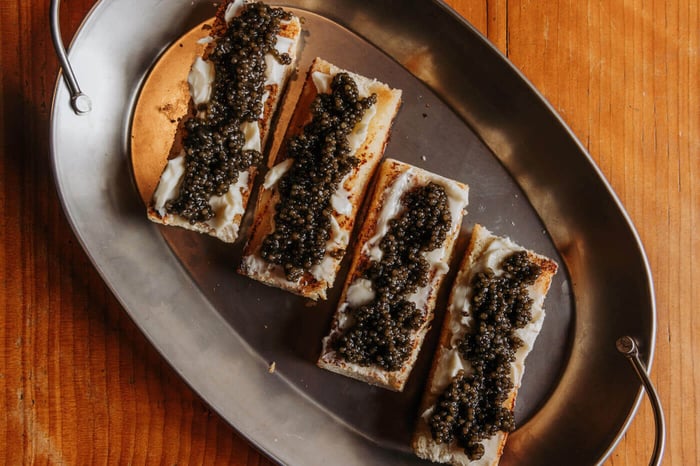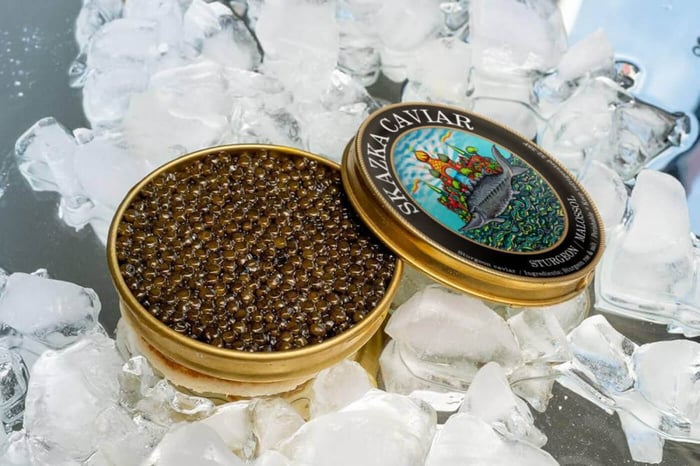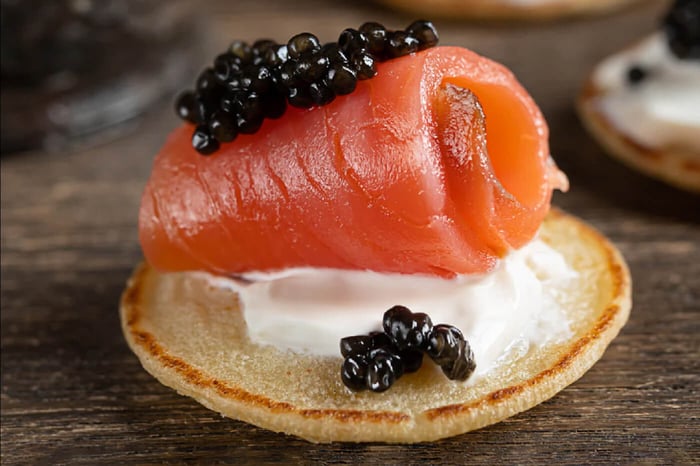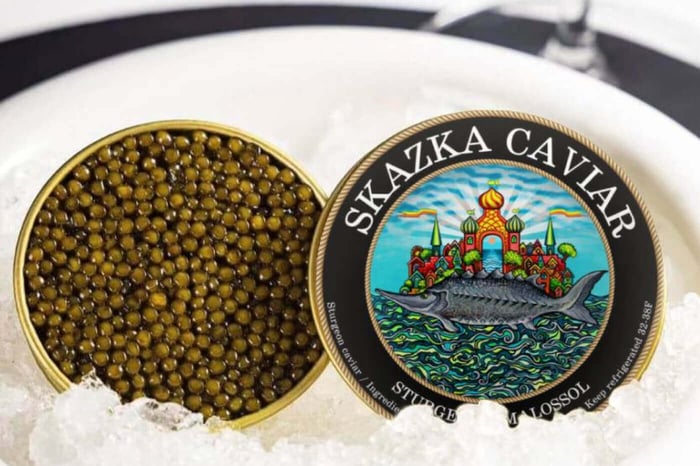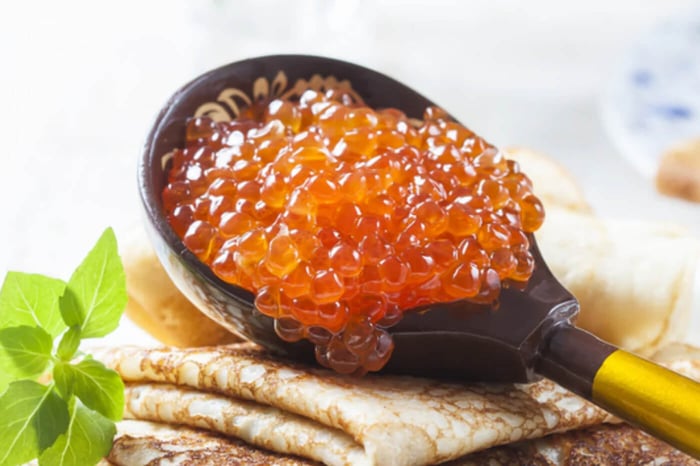 Caviar, the prized delicacy derived from sturgeon roe, has been a symbol of luxury for centuries. Proper preservation of caviar is crucial for maintaining its delicate texture and rich flavor. Ancient civilizations developed unique techniques to keep caviar fresh long before modern refrigeration, relying on natural preservation methods. Today, technological advancements have revolutionized how caviar is stored and transported, ensuring quality and extended shelf life. This article explores the contrast between ancient preservation techniques and modern methods, highlighting the evolution of caviar storage over time.
Caviar, the prized delicacy derived from sturgeon roe, has been a symbol of luxury for centuries. Proper preservation of caviar is crucial for maintaining its delicate texture and rich flavor. Ancient civilizations developed unique techniques to keep caviar fresh long before modern refrigeration, relying on natural preservation methods. Today, technological advancements have revolutionized how caviar is stored and transported, ensuring quality and extended shelf life. This article explores the contrast between ancient preservation techniques and modern methods, highlighting the evolution of caviar storage over time.
Ancient Salting Techniques
Before refrigeration, ancient societies primarily relied on salting to preserve caviar. Salting not only extended the shelf life of caviar but also enhanced its flavor. Persians and Russians were among the earliest to develop salting methods, using varying amounts of salt to create different grades of caviar. The Malossol technique, which means “little salt” in Russian, originated as a method to maintain the natural taste of high-quality roe while preventing spoilage. Although effective, excessive salting often altered the texture, making it firmer and more intense in flavor than the fresh varieties enjoyed today.
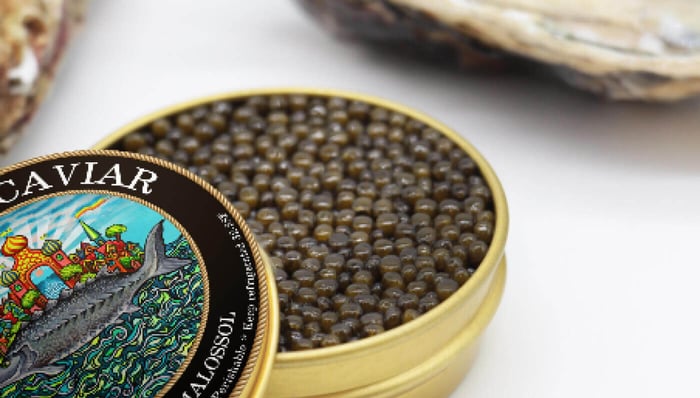
Read: The Most Expensive Caviar in the World: What Makes It Unique?
Cold Storage in Ancient Times
Before modern refrigeration, ancient civilizations relied on natural cold storage techniques to keep caviar fresh. Ice houses and underground cellars were commonly used in regions with cold climates, where ice was harvested during winter and stored in insulated chambers for year-round use. In Persia and Russia, where caviar production flourished, fishermen packed roe in wooden barrels filled with ice or snow to slow down bacterial growth. These primitive yet effective cooling methods allowed caviar to be transported over long distances without significant spoilage, although maintaining consistent temperatures remained a challenge.
Traditional Preservation Using Natural Oils and Herbs
In addition to salting and cold storage, some cultures experimented with natural oils and herbs to preserve caviar. Ancient Greeks and Romans, for instance, used olive oil as a sealant to protect caviar from oxidation and bacterial contamination. Similarly, herbs such as dill and thyme were sometimes added for their antibacterial properties, subtly influencing the flavor profile. These preservation methods were not as widespread as salting or ice storage, but they provided an alternative means of extending caviar’s shelf life in regions where refrigeration or access to ice was limited.
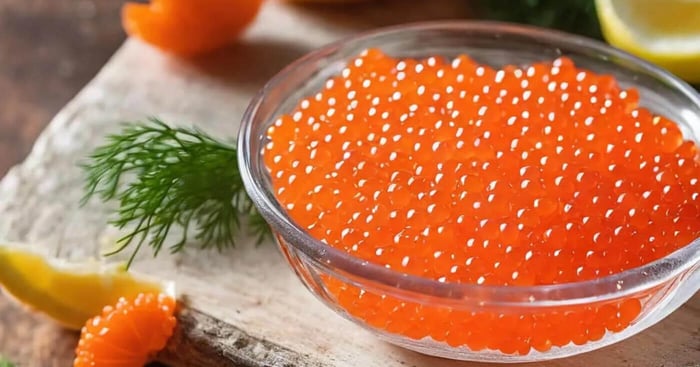
Read: Caviar Serving Tips: Dos and Don’ts for a Perfect Presentation
Refrigeration and Pasteurization in Modern Caviar Preservation
The advent of modern refrigeration transformed caviar preservation, allowing for precise temperature control to keep roe fresh without excessive salting. Today, caviar is typically stored at temperatures between -2°C and 2°C (28°F and 36°F) to maintain optimal texture and taste. Additionally, pasteurization has become a common technique for extending caviar’s shelf life. This process involves gently heating caviar to eliminate bacteria while preserving most of its original flavor and texture. Though some purists argue that pasteurization slightly alters caviar’s delicate consistency, it remains a widely used method for increasing storage time and ensuring safety.
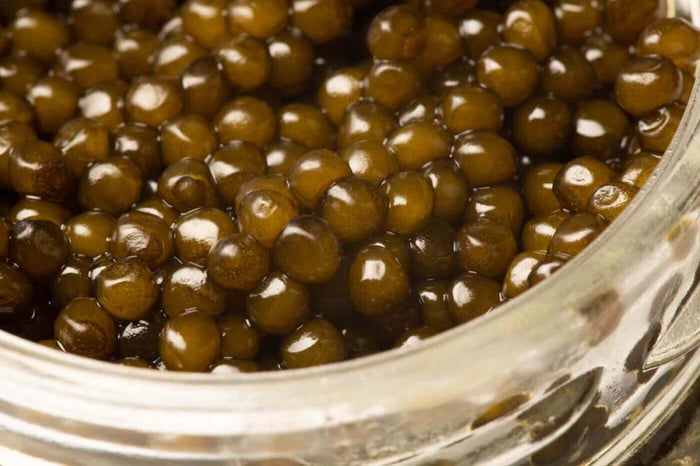
Vacuum Sealing and Modified Atmosphere Packaging
Modern advancements in food preservation have introduced vacuum sealing and modified atmosphere packaging (MAP) to the caviar industry. Vacuum sealing removes oxygen from packaging, preventing oxidation and bacterial growth that can lead to spoilage. MAP takes this a step further by replacing oxygen with a carefully balanced mix of gases, such as nitrogen and carbon dioxide, to maintain freshness and texture for extended periods. These technologies allow caviar to be stored and transported worldwide while retaining its premium quality, making it more accessible to consumers without compromising on taste or texture.
The Future of Caviar Preservation: Biotechnology and Sustainable Methods
As sustainability and environmental concerns grow, the future of caviar preservation is shifting towards biotechnology and eco-friendly techniques. Researchers are exploring new methods, such as cryogenic freezing, which uses ultra-low temperatures to preserve roe without altering its cellular structure. Additionally, advancements in bio-preservatives, such as natural antimicrobial peptides, are being developed to extend caviar’s shelf life without the need for excessive salt or chemical additives. These innovations promise to maintain the authenticity of caviar while reducing waste and improving sustainability in the industry.
Conclusion
Caviar preservation has evolved significantly from ancient techniques to modern innovations, each with its own advantages and limitations. Traditional salting, cold storage, and natural preservation methods laid the foundation for caviar storage, allowing early civilizations to enjoy this delicacy despite the lack of refrigeration. Today, advanced refrigeration, vacuum sealing, and biotechnology ensure that caviar remains fresh and safe for consumption while maintaining its luxurious appeal. As technology continues to progress, the caviar industry is moving toward more sustainable and efficient preservation methods, ensuring that future generations can continue to enjoy this timeless delicacy.
About the Author
 Igor Fishbeyn - Caviar Purveyor
Igor Fishbeyn - Caviar Purveyor
Igor Fishbeyn is purveyor of fine sturgeon caviar and creator of the Skazka Caviar brand. He is an expert with decades of experience specializing in importing, wholesaling, and retailing the finest quality caviar in the world. Igor frequently writes about caviar news and various topics about the caviar industry. He lives in San Francisco with his wife and daughter.
Shop Skazka Caviar
Browse Our Exclusive Caviar Collection
“River Beluga” Kaluga Sturgeon Caviar
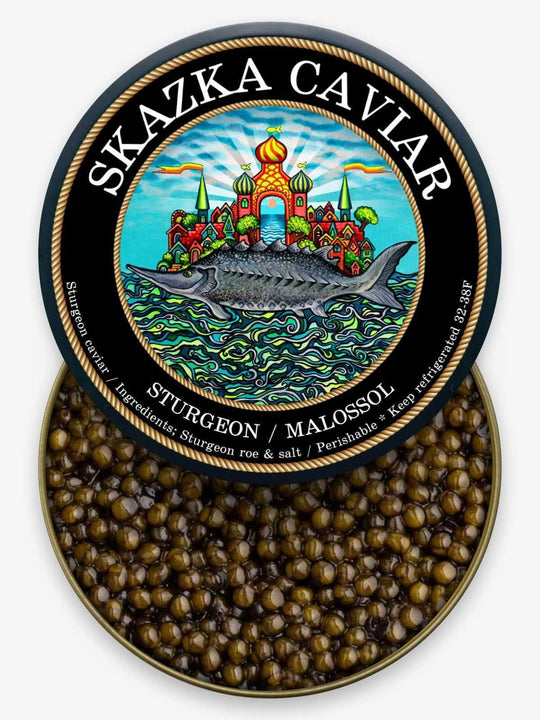
$295
$395
This large, robust caviar is a favorite of connoisseurs. Its firmness provides a satisfying texture that will keep you coming back for seconds and even thirds. Its luxurious chocolate brown color is perfectly evocative of its rich taste. Hints of… read more
“Oprah’s Favorite” Russian Osetra Caviar
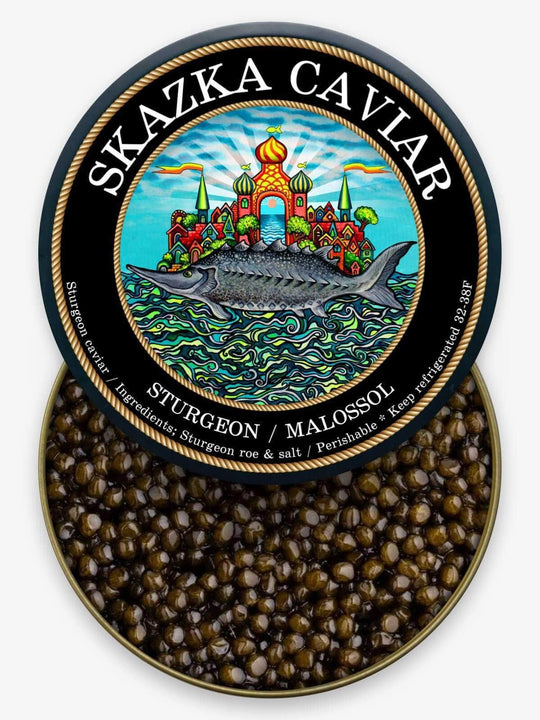
$295
$335
This medium-sized caviar is sure to be the star of any party or function you may throw. Its deep chocolate brown color is indicative of its rich and buttery flavor. Amber Osetra caviar has one of the cleanest tastes of any… read more
"Russian Czar" Beluga Sturgeon Caviar
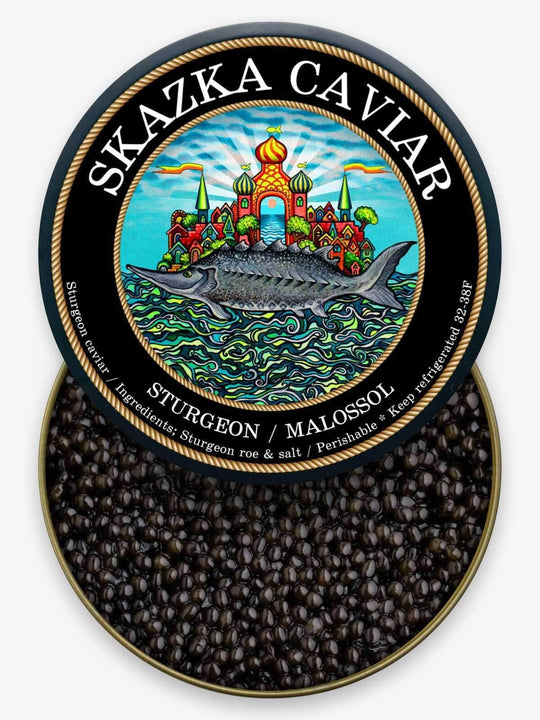
$495
$599
With an incomparable richness, “Russian Czar” Beluga Sturgeon Caviar is a knockout when it comes to fine caviar. Traditionally harvested in Russia, this caviar holds a tradition of greatness throughout history. With buttery notes that linger on the taste buds,… read more
“Tsar Reserve” Golden Osetra Caviar
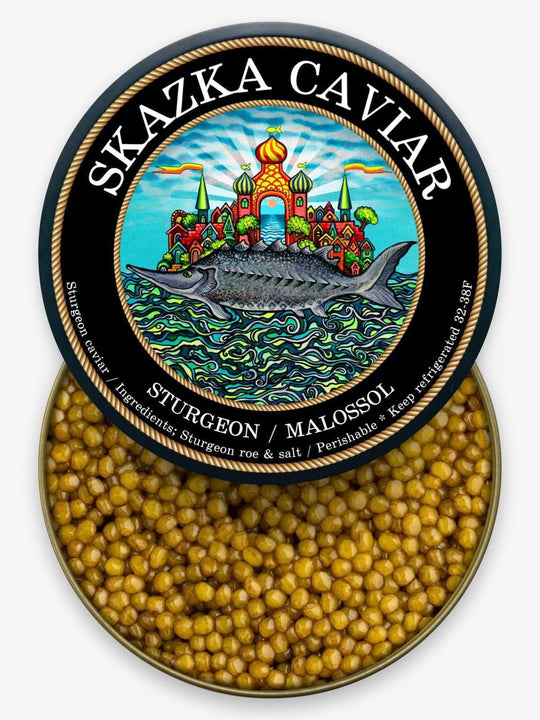
$395
Anyone with a taste for fine caviar will love “Royal Reserve” Golden Osetra Caviar. Its beautiful deep amber color is the first sign you’ll have that you’re in for something special, and once it hits your tongue you’ll know just… read more
Shop Caviar By Type
Shop Black Caviar | Shop Red Caviar | Shop Caviar Accessories
Shop Beluga Caviar | Shop Kaluga Caviar | Shop White Sturgeon Caviar
Shop Osetra Caviar | Shop Salmon Roe | Shop Albino Sturgeon Caviar

